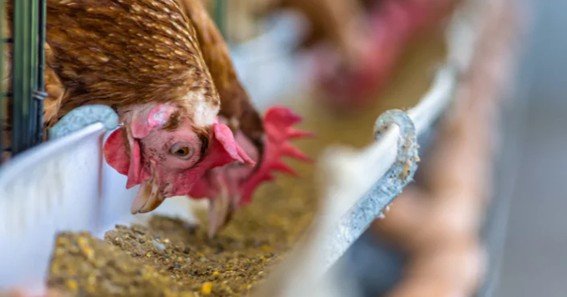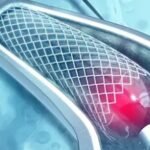Commercial producers and backyard keepers alike ask, “why is chicken insoluble dietary fiber important?” as new research keeps linking a sprinkle of coarse, water-insoluble plant material to healthier guts, better weight gain, and drier litter in 2025 flocks. Below is a science-backed deep dive, plus practical tips for putting those findings to work.
What Counts as Insoluble Fiber in Poultry Diets?
Insoluble fiber—cellulose, lignin, and some hemicellulose—comes from oat or sunflower hulls, wheat bran, rice husk, wood-derived lignocellulosic, and even processed cardboard fines. Unlike soluble gums, these particles don’t dissolve; instead, they add bulk, absorb moisture, and stimulate the upper gut. Why Is Chicken Insoluble Dietary Fiber Important for Gut Health?
-
Gizzard workout & enzyme flow – Coarse insoluble particles force the muscular gizzard to grind harder, which slows digesta, increases hydrochloric-acid secretion and primes pancreatic enzyme output—ultimately improving nutrient digestibility.
-
Pathogen control – A firmer gizzard and faster ileal transit leave less time for Salmonella or Clostridium to colonise the gut lining.
-
Microbiome balance – Studies adding ≤10 % lignocellulose report higher Lactobacillus counts and lower E. coli in caeca.
Performance Gains Seen in 2024-2025 Trials
| Fiber source | Birds | Inclusion | Key outcomes |
|---|---|---|---|
| Fine wheat bran | Broilers, 0-42 d | 3 % | ↑ weight gain, ↑ villus height, ↑ ileal digestibility |
| Lignocellulose + probiotic | Broilers, 35 d | 0.8 % | ↓ feed conversion ratio, better litter score |
| Wheat bran (new 2025 study) | Broilers, 21 d | 2 % | ↑ digestive enzyme activity, stronger jejunum wall |
Even small (0.5–1 %) inclusions have trimmed feed costs by letting formulators cut soybean meal yet keep growth on target.
Practical Inclusion Rates & Tips
| Bird type | Recommended % of diet | Best particle size | Notes |
|---|---|---|---|
| Starter broilers (0-14 d) | 0.5–1 % | 0.5–1 mm | Begin low to avoid gut immaturity issues |
| Grower/finisher | 1–3 % | 1–2 mm | coarse oat hulls or rice husk are ideal |
| Layers & breeders | 2–4 % | 1–3 mm | Improves satiety during feed restriction |
Always adjust energy density downward; fiber dilutes calories by ~ 0.8 MJ/kg diet at 3 % inclusion.
Beyond Performance: Welfare & Sustainability
-
Satiety – Breeder hens on low-density, high-fiber rations show fewer feather-pecking bouts.
-
Drier litter – Less sticky droppings reduce ammonia, pododermatitis, and bedding costs.
-
Circular feedstocks – Up-cycled agro-by-products (hulls, straw, wood chips) cut diet price and landfill waste.
Risks & Common Mistakes
Excess (>5 %) poorly ground fiber can trap nutrients, depress energy intake and spike feed conversion ratios. Balance with added oil or enzymes (xylanase, cellulase) to release encapsulated starch.
Frequently Asked Questions
-
How much insoluble fiber is “too much” for broilers?
Most trials show optimum gains below 3 % of diet; beyond 5 %, growth often stalls. -
Does insoluble fiber replace grit?
To a degree, coarse hulls stimulate the gizzard similarly to granite grit, though many pasture systems still offer grit free-choice. -
Will lignocellulose darken carcass skin?
No colour changes have been documented at ≤3 % inclusion. -
Can I add fiber to medicated starter feeds?
Yes, but keep the particle size fine (≤1 mm) so young chicks can pick it up easily. -
Is extra fiber helpful for coccidiosis control?
Insoluble fiber indirectly helps by lowering gut pH and boosting beneficial microbes, creating a less favourable environment for Eimeria.










